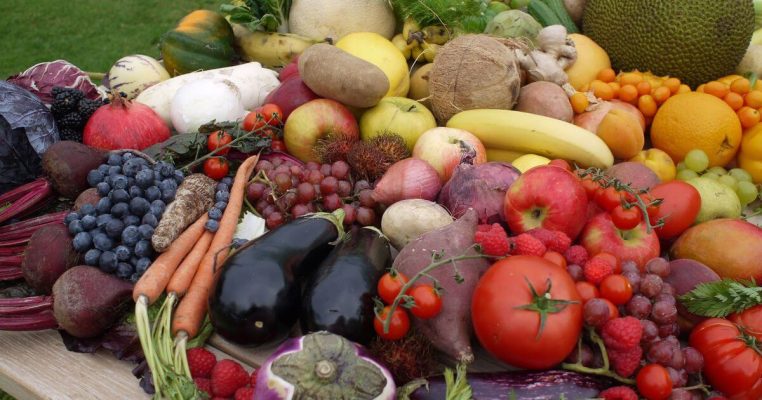DNA Barcoding Enables Identification of Plants Consumed by Analyzing Human Feces
Researchers have developed a technique using DNA barcoding to identify the plant matter in human feces. Offering a more accurate understanding of individuals’ dietary intake.
By analyzing a specific genetic marker found in plant-based foods, called trnL-P6, researchers can detect and quantify the presence of various plant species in fecal samples.
This method has the potential to improve clinical trials, nutrition studies, and other areas where accurate dietary information is crucial.

The genetic marker used for DNA barcoding, trnL-P6, is a region of DNA found in all plant species. Although it slightly differs between species, it serves as a reliable identifier for plant-based foods.
Researchers tested this marker on over 1,000 fecal samples from study participants with known diets. Demonstrating its ability to indicate consumed foods and the relative amounts of certain species.
The DNA barcoding technique can reveal what foods consumed and assess the diversity of plant DNA in fecal samples based on a person’s age, diet, and household income.
The marker was successful in identifying 83% of major crop families consumed by Americans. While certain crops consumed primarily in other parts of the world were not detectable with the current database, efforts are underway to expand it.
DNA Barcoding Tracking Meat Intake and Nutritional Factors
Although the focus has been on plant-based foods, the DNA barcoding method can also track meat intake.
Researchers believe that understanding the ratio of plant to animal intake is crucial for assessing nutritional factors. By employing this technique, researchers aim to explore the importance of this ratio in nutritional studies.
The DNA barcoding technique has been successfully applied in different study scenarios. In weight loss intervention studies, researchers accurately identified the components of meals consumed by participants.
The technique also aligned with dietary diversity and quality in studies of fiber supplementation and an examination of adolescents’ diets.

DNA barcoding offers advantages in data collection, particularly when traditional surveys are time-consuming or challenging to complete.
It allows for retrospective analysis of samples collected in previous studies, enabling the reconstruction of dietary data.
Researchers believe this technique will be beneficial for nutrition research, health assessment, and tracking diets worldwide, regardless of age, literacy, culture, or health status. It may also have applications in monitoring food biodiversity and studying diseases globally.
The use of DNA barcoding to identify plants consumed by analyzing human feces provides a more accurate assessment of dietary intake.
This technique has demonstrated its efficacy in various studies and has the potential to revolutionize nutrition research and clinical trials.
By expanding the understanding of people’s diets worldwide, this method can contribute to better health outcomes and insights into the impact of food biodiversity and climate instability.





